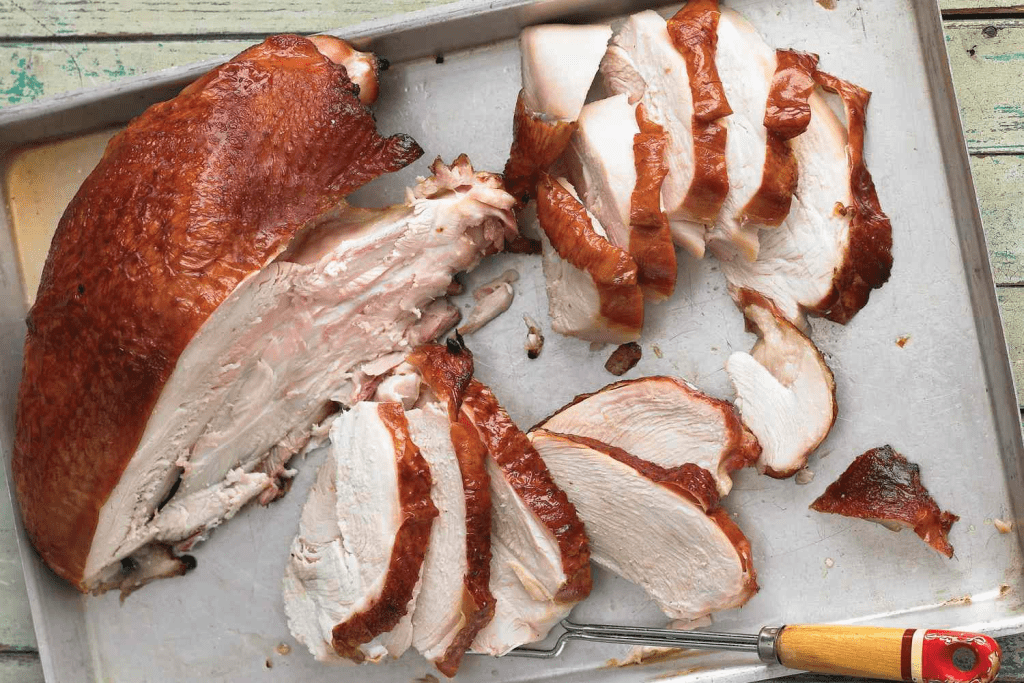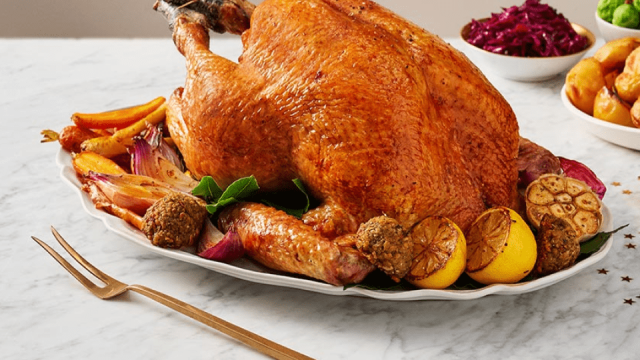When the holiday festivities come to an end and the dishes are cleared, there’s one thing many of us are left with—leftover turkey. Whether it’s from Thanksgiving or a Christmas feast, figuring out how long your leftover turkey is safe to eat is crucial for both your health and minimizing food waste. If you’ve ever wondered, “How long does leftover turkey last?”—you’re in the right place.
This article will guide you through how to store your turkey properly, how long it remains good to eat, and the signs to watch for when deciding if it’s time to toss it.

Properly Storing Leftover Turkey: The Key to Longevity
One of the most important steps in preserving leftover turkey is how it’s stored. After all, no one wants to come down with a case of food poisoning over leftovers!
First things first: get that turkey into the fridge within two hours of cooking. The longer it sits out at room temperature, the higher the risk of bacteria growth, particularly salmonella and E. coli. Make sure your fridge is set at 40°F (4°C) or lower to keep it safely cool.
Once in the refrigerator, your leftover turkey will last for:
- 3 to 4 days for turkey stored whole or in large pieces
- 3 to 4 days for turkey sliced or cut into smaller portions
To keep it fresh, make sure to use airtight containers or tightly wrap the turkey in plastic wrap or aluminum foil. This prevents the turkey from drying out or picking up odors from other foods in the fridge.
Freezing Leftover Turkey: Long-Term Preservation
If you know you won’t be able to finish all your turkey within those few days, freezing is your best bet. Freezing leftover turkey properly can help you extend its shelf life significantly without sacrificing flavor.
When frozen, turkey can last:
- 2 to 6 months for the best quality if stored whole
- 2 to 6 months for the best quality if sliced or portioned out
For optimal storage, consider dividing the turkey into smaller, meal-sized portions. This way, it’ll be easier to thaw only what you need. Be sure to remove any stuffing from the bird before freezing, as stuffing can degrade in quality faster than the meat itself.
To avoid freezer burn—which can make your turkey dry and tasteless—wrap it in heavy-duty freezer bags or airtight containers. Properly packaged turkey will maintain its moisture and flavor even after being in the freezer for a couple of months.
Signs That Your Leftover Turkey Has Gone Bad
Even if you’ve followed the refrigeration and freezing rules, it’s always a good idea to trust your senses when evaluating whether your leftover turkey is still safe to eat. So, how can you tell if your turkey has spoiled?
Here are the telltale signs that your leftover turkey is no longer safe to consume:
- Off Smell: Does your turkey smell sour or just plain off? A bad odor is one of the earliest signs of spoiled meat. If it doesn’t smell like turkey should, it’s time to toss it out.
- Slimy Texture: If the turkey feels slimy or sticky to the touch, bacteria have likely started growing. Even though it may look fine, slimy turkey is a definite no-go.
- Discoloration: While cooked turkey can naturally change in color slightly, any grayish or greenish spots are bad news. These color changes are clear indicators that bacteria are at work, and the turkey has gone bad.
- Mold: If you spot any mold, no matter how small, it’s best to throw the turkey away immediately. Mold means the turkey is unsafe for consumption.

Don’t take any chances—if you’re ever in doubt about your turkey, it’s better to err on the side of caution and discard it.
Reheating Leftover Turkey Safely
While storing your leftover turkey correctly is essential, how you reheat it is equally important for food safety. The goal when reheating is to ensure that the turkey reaches an internal temperature of 165°F (74°C). This temperature kills any bacteria that might have formed while the turkey was stored in the fridge or freezer.
Here’s a quick tip: avoid microwaving your turkey if possible. Microwaves can leave cold spots, which means some parts of the turkey may not reach the right temperature. Instead, reheat it in the oven or on the stovetop for more even heating.
Preventing Food Waste: Making the Most of Your Leftover Turkey
Throwing away perfectly good food can feel like a waste—especially after you’ve spent time and effort preparing a delicious meal. The good news? There are plenty of ways to use leftover turkey to prevent waste while enjoying it for days to come.
Here are some creative ideas for using your leftover turkey:
- Turkey Soup: Toss your leftover turkey into a pot with vegetables and broth for a comforting soup that makes use of all your ingredients.
- Turkey Sandwiches: Who doesn’t love a good turkey sandwich? Pair it with your favorite condiments, cheese, and veggies for a quick, delicious meal.
- Turkey Salad: Shred your turkey into a fresh salad or mix it with mayo for a creamy turkey salad that can be eaten on crackers or bread.
- Turkey Casserole: Combine your turkey with rice or pasta, a creamy sauce, and some veggies for a hearty turkey casserole that can feed the whole family.

By freezing and creatively reusing your leftovers, you can maximize their value and reduce food waste.
The Bottom Line: How Long Can You Safely Eat Leftover Turkey?
After the holidays, you don’t have to worry about leftover turkey going to waste—as long as you know how to handle it properly. Refrigerate it within two hours, store it in airtight containers, and make sure you consume or freeze it within 3 to 4 days. If frozen, leftover turkey can last up to 6 months without losing its quality.
But always remember: if it smells, looks, or feels off, don’t risk it. It’s better to be safe than sorry when it comes to your health.
Enjoy those turkey sandwiches and soups, but keep food safety in mind so that your holiday feast doesn’t turn into a foodborne illness.


